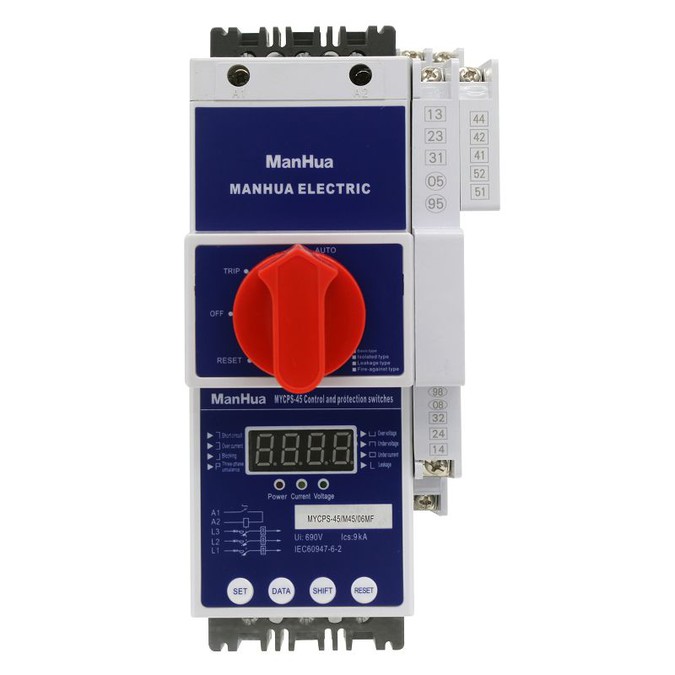Contactor
What is Contactor
The contactor is composed of contacts, coils and other accessories. It can operate the opening and closing state of the contacts by controlling the current in the circuit, thereby achieving on-off control of the circuit. Contactors are usually installed in switchboards or control cabinets as one of the main switching devices in power systems for remote control and automation control. In specific applications, contactors can be selected and configured according to different load and control requirements. For example, AC contactors and DC contactors are suitable for different circuit types, while large, medium and small contactors are suitable for different loads and control needs.
Why Choose Us
Quality Assurance
We ensure that all production processes are carried out in accordance with the ISO9001 system, and all products have passed CE certification, and some products have also passed UL and VDE certification.
High-Quality Products
The company is committed to producing high-quality products that meet customer's standards. The company uses advanced technology and equipment to ensure consistency in the quality of its products.
High Productivity
We have our own standard factory buildings and warehousing centers, which can supply electrical products in large quantities and independently complete all work from raw materials, product production, assembly to packaging.
24H Online Service
Our company advocates the corporate development strategy of "quality, integrity, innovation and enterprising". Here, customers' needs will be responded to positively and customer problems will be solved as soon as possible. What you gain is not only high-quality products, but also services.




















